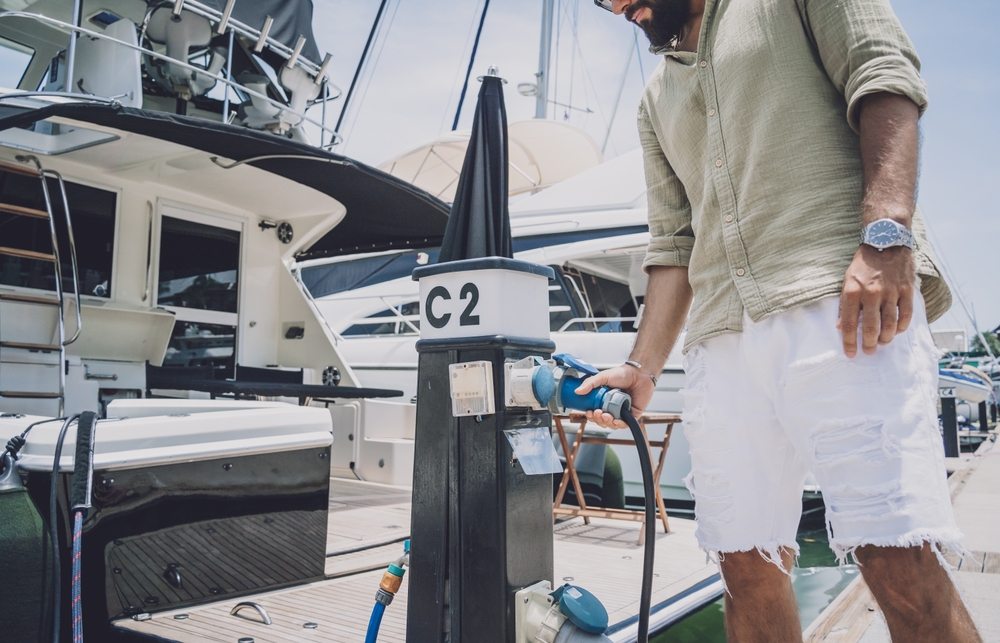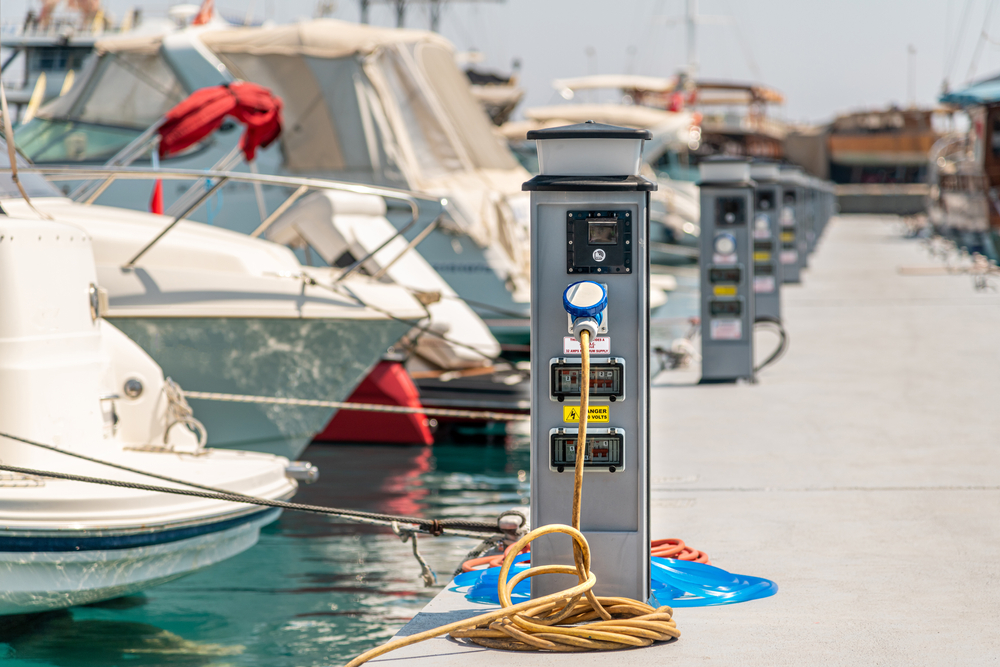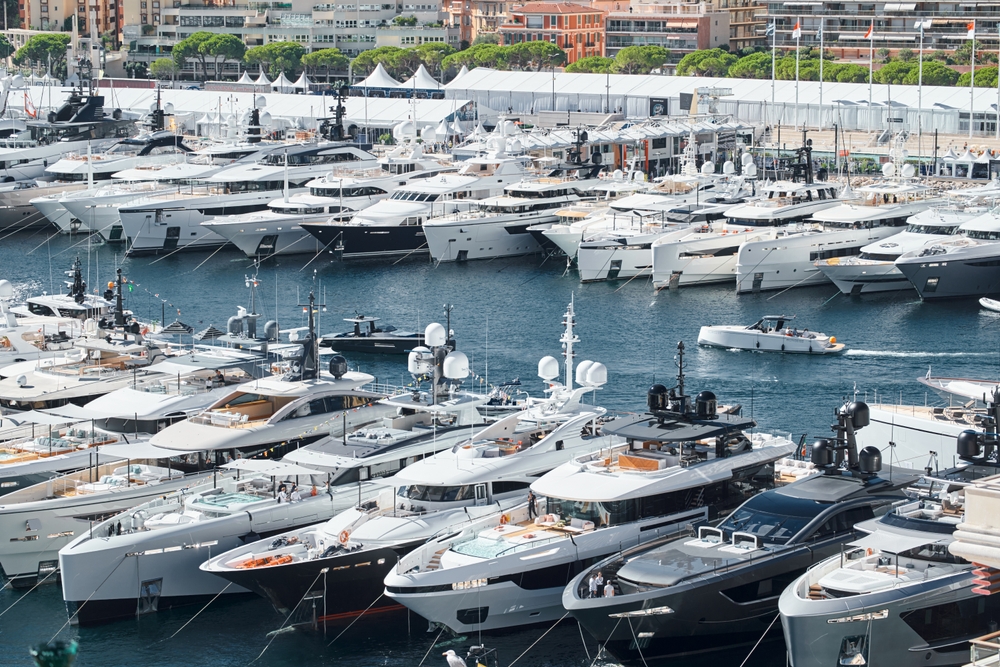Electric boats have the potential to revolutionize the marine industry, offering a cleaner, quieter alternative to traditional vessels. However, despite their promise, innovation in this field has faced several roadblocks. From battery limitations to infrastructure challenges, these obstacles are slowing down progress. Here are 15 key issues currently holding back electric boat development.
Contents
Battery Range Limitations

Electric boats face significant limitations in battery range compared to traditional fuel-powered vessels. Most electric boat batteries cannot sustain long distances without recharging, which is problematic for longer journeys or commercial operations. The energy density of current lithium-ion batteries limits how far an electric boat can travel, making this a major concern for both manufacturers and consumers.
High Battery Costs

The cost of advanced batteries, such as lithium-ion models, significantly increases the price of electric boats. These high costs are a barrier to mass adoption as they inflate the overall price of the boat, making them less accessible to average consumers. The expense of sourcing and manufacturing these batteries remains a key factor stalling electric boat innovation.
Limited Charging Infrastructure

Unlike electric cars, which are gradually seeing more charging stations, the infrastructure for electric boat charging is lacking. Few marinas are equipped with the necessary charging facilities, limiting the ability of electric boat owners to recharge during longer trips. This lack of infrastructure stifles potential growth in the industry.
Slow Charging Times

Electric boat batteries take considerably longer to charge compared to refueling a conventional gas-powered boat. Charging times can range from several hours to overnight, depending on the size of the battery and available charging equipment. This delay in recharging can make electric boats less convenient for boaters who need to get back on the water quickly.
Heavy Battery Weight

The weight of the batteries used in electric boats is another major hurdle. These batteries are significantly heavier than traditional fuel tanks, which can negatively affect the boat’s performance and energy efficiency. Heavier boats require more energy to move, further limiting the range and speed of electric vessels.
Limited Power Output

Electric boat motors, although improving, still often cannot match the power output of internal combustion engines. This reduced power is particularly noticeable in larger vessels or those requiring high speeds. Without sufficient power, electric boats struggle to perform tasks like towing or traveling in rough conditions, limiting their appeal for certain users.
High Initial Costs

Electric boats tend to have a much higher initial purchase price compared to traditional boats, due in part to the high costs of the batteries and specialized motors. For many potential buyers, the high upfront cost is a deterrent, slowing the adoption of electric boats in both recreational and commercial sectors.
Lack of Industry Standardization

The lack of standardization across the electric boat industry creates compatibility issues between components such as batteries, charging systems, and motors. Without uniform standards, manufacturers are unable to streamline production or ensure that customers can easily upgrade or repair their boats, further complicating the development of the industry.
Environmental Impact of Battery Production

While electric boats offer greener operation, the production of lithium-ion batteries used in these vessels still has a significant environmental impact. Mining for lithium and other materials can result in pollution and habitat destruction. This presents a paradox for electric boat manufacturers aiming for sustainability, as the full environmental cost is not always transparent.
Battery Durability in Marine Environments

Marine conditions are harsh, with saltwater, humidity, and temperature fluctuations posing threats to the longevity of electric boat batteries. Prolonged exposure to these conditions can lead to faster degradation of battery life, making them less reliable for long-term use. Developing marine-grade batteries is crucial but remains a challenge.
Range Anxiety

Many boat owners are reluctant to switch to electric boats due to concerns about running out of power, especially when they are far from shore. This “range anxiety” is amplified in electric boats because of limited charging options and the unpredictable nature of marine travel. Owners worry they could be stranded with no easy way to recharge.
Insufficient Investment in R&D

While electric cars have received significant attention and funding, electric boats have not seen the same level of investment in research and development. This lack of funding slows innovation in areas like battery technology, motor efficiency, and design improvements, leaving the electric boat industry lagging behind other electric transportation sectors.
Resistance from Traditional Boat Manufacturers

Traditional boat manufacturers may be hesitant to shift away from their established production lines and technologies. Transitioning to electric boat production requires new skills, equipment, and supply chains, which can be costly and time-consuming. As a result, many companies are slow to adopt electric boat innovation, further stalling the market.
Weight Distribution Issues

Batteries are heavy, and improper weight distribution can affect a boat’s balance, making it less stable or harder to maneuver. Electric boat designers must carefully plan where to place batteries to maintain the right weight distribution, but this adds another layer of complexity to the engineering process, slowing down innovation.
Regulatory Barriers

Many regions lack clear regulations or policies governing electric boats, making it difficult for manufacturers to navigate the legal landscape. Inconsistent or absent regulations can stall innovation as companies are unsure how to comply with local laws regarding environmental impact, safety standards, or performance requirements.
This article originally appeared in MyCarMakesNoise.
More from MyCarMakesNoise
20 Lightweight Trucks with Serious Towing Power

When it comes to towing, you don’t always need a massive truck to get the job done. Lightweight trucks can offer impressive towing power while being easier to handle and more fuel-efficient. Read More
18 Naval Warships That Dominated the Seas

Throughout history, certain naval warships have stood out for their power, innovation, and impact on the seas. These vessels, each a symbol of their era, played key roles in shaping naval warfare and asserting dominance over the oceans. Read More
19 Maintenance Headaches with High-Mileage Vehicles

High-mileage vehicles can offer great value, but they often come with their share of maintenance challenges. As cars rack up miles, certain parts wear out, and problems become more frequent. From engine issues to suspension wear, these headaches can add up quickly. Read More














